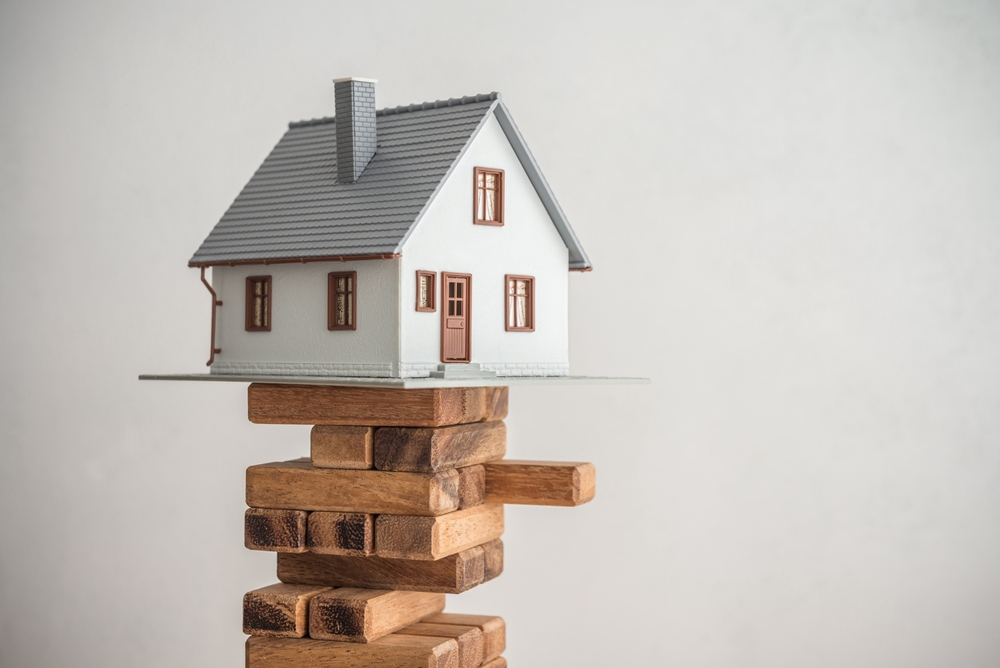Unmasking the Potential in Repurposed Real Estate
As the real estate market continues to evolve, innovative strategies are emerging that challenge traditional models. One such approach is the repurposing of existing buildings, a tactic that offers both financial and environmental benefits. This article takes an in-depth look at this growing trend, examining its origins, current market dynamics, and future potential.

The Emergence of Repurposed Real Estate
The concept of repurposing existing buildings isn’t new. Historically, structures like warehouses, factories, and churches have been converted into residential or commercial spaces. However, in recent years, the trend has gained traction as cities grow denser, and the demand for sustainable practices increases. Urban areas with limited space have turned to repurposing as a way to accommodate growth without expanding their footprint.
Current Market Trends
Repurposed real estate is particularly appealing in markets where inventory is tight. In cities like New York and San Francisco, the demand for housing far outpaces the supply, leading developers to convert commercial spaces into residential ones. Moreover, with the rise of remote work, the demand for office space has declined, presenting an opportunity to convert these structures into housing units.
Advantages of Repurposing Real Estate
Repurposed real estate offers numerous advantages. From a financial perspective, repurposing can be less costly than new construction, especially in areas where land is expensive. Environmentally, repurposing is more sustainable as it keeps materials out of landfills and reduces the need for new resources. Additionally, repurposed buildings often have unique architectural features that can add charm and character to a space.
Challenges and Potential Impact
Despite its advantages, repurposing real estate is not without its challenges. Zoning regulations, financing issues, and structural limitations can pose obstacles. However, with careful planning and innovative design, these hurdles can be overcome.
The potential impact of repurposing real estate is significant. On a macro level, it could help address housing shortages in dense urban areas. On a micro level, it could provide investors with a unique opportunity to capitalize on market trends while contributing positively to the environment.
The Future of Repurposed Real Estate
The future of repurposed real estate looks promising. As cities continue to grow and sustainability becomes a larger focus, the demand for repurposed properties is likely to increase. Forward-thinking investors and developers who recognize this trend stand to benefit from the opportunities it presents.
In conclusion, repurposed real estate is a burgeoning trend that offers a unique blend of financial, environmental, and aesthetic benefits. As the market continues to evolve, this strategy is likely to play an increasingly important role in shaping the future of real estate.




